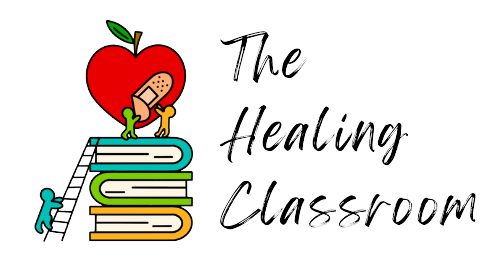The Critical Role of Schools and Communities in Building Health Literacy
Health literacy—the ability to understand and use health information—is a vital skill for making informed decisions about well-being, especially for children. It helps them make healthier choices, boosting confidence and giving them control over their health. However, since the No Child Left Behind policy, schools have focused more on core subjects such as reading and math and reduced their attention on health education (1). This shift has resulted in many students, with about 45% of high school graduates, lacking essential health literacy skills (2).
With less focus on health education, students are missing out on crucial information about chronic diseases such as Type 2 diabetes and lacking the tools to make healthy life choices. A 2016 CDC report showed that fewer schools are teaching comprehensive health topics, with many focusing only on violence and substance abuse prevention. Additionally, many schools treat physical education as equivalent to health education, which often leads to undertrained teachers and gaps in important health lessons (1).
To engage students and keep them interested in health topics, teaching methods must be interactive. Research suggests that approaches such as role-playing, simulations, and real-life examples are effective. Digital tools and social media can also help reach today’s tech-savvy students, making learning more engaging (3). Peer-led health programs are especially helpful, as young people are more likely to trust their friends and take ownership of their health (4).
Health education should also cover all aspects of well-being, including mental health, symptom recognition, communication skills, and coping strategies. Additionally, students should develop skills in researching health information and reading critically, which can help them make informed health decisions. Outside the classroom, families, schools, and communities play a crucial role in supporting health literacy. Parents can model healthy behaviors and encourage learning (3), while school libraries can provide health-related resources and collaborate with teachers and health professionals (5).
Improving health literacy requires a community-wide effort involving individuals, families, schools, and local organizations. Teaching children about health early helps them build lifelong healthy habits. With rising health challenges, especially following the COVID-19 pandemic, it is more important than ever to equip young people with the knowledge and skills to manage their health. Schools should play a central role, but it requires a collective effort to make health education a priority for the future.
REFLECTING ON THE FUTURE: What resources and support systems are available in your schools and communities to promote health education and enhance health literacy?

